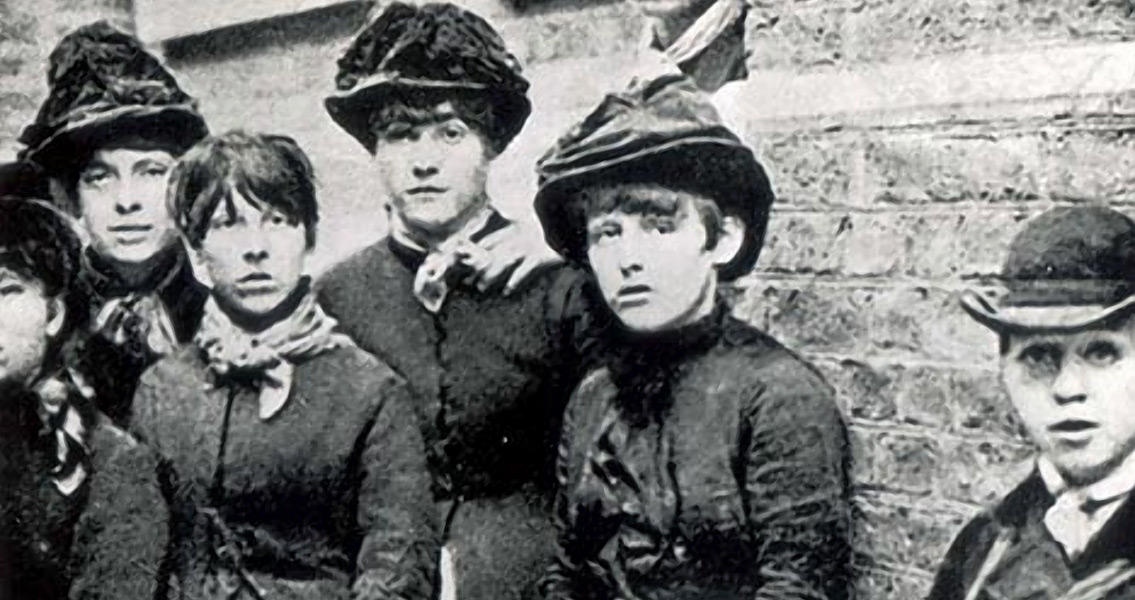<![CDATA[On Wednesday evening transport in London was thrown into chaos by tube strikes which shut down the whole London Underground network. Organised by four unions, Aslef, the Rail and Maritime Union, Unite, and the Transport Salaried Staff Association, the London wide tube strikes are in response to dissatisfaction at the conditions offered to drivers as part of the Night Tube Service due to start next month in the city. Tube strikes are not unusual for Londoners, affecting the city on a fairly regular basis. However, industrial action is always newsworthy in the UK because it happens so rarely in other walks of life. The UK's transport unions are one of the most powerful in a country where industrial action has become increasingly unusual. Historically however, England has a long history of strikes and demonstrations, in both the private and public sectors. In 1888, 1400 women working at the Bryant and May match factory in East London went on strike. The workers were protesting atrocious working conditions which included a fourteen hour day, low pay, a draconian system of fining which further reduced their salaries, and unhealthy working conditions. The phosphorus used to create the matches had a long term effect on the women's health, leading to hair loss, yellowing of the skin, and a condition known as phossy jaw - a form of bone cancer. A newspaper article highlighting the conditions in the factory saw the bosses of Bryant and May try to force their employees to sign a document denying the horrendous conditions. Those who refused to sign were sacked. The strike took place in solidarity. The strike was eventually resolved when Bryant and May agreed to re-employ the fired workers and abandon the fine system. The strike itself was hugely important as it was the first time industrial action had received widespread media coverage. Inextricably linked to the history of British strikes is the mining industry. Between 1972 and 1974 miners' strikes almost brought the country to a standstill, paralysing industry, causing widespread power shortages, and severely disrupting the economy. Generally considered as a key factor behind the eventual resignation of the Tory Prime Minister Edward Heath, the miners won substantial pay increases and seemed to show that the government was at their mercy. The consequences of the 1984 miners' strike were completely different. The Tory government of Margaret Thatcher had set out to prove it could resist the power of trade unions. Over an embittered, year long conflict the government refused to give into the demands of the strikers. Heavy police repression, alongside divisions among the strikers themselves, ultimately saw the government defeat the miners. It set a precedent that militant class action could be defeated, triggering a decline in trade union action in the UK. The reduction in industrial action which has occurred since the 1984 strikes is one reason why the tube strikes in London can seem so unusual to many observers. If the miners' strike revealed the ability of the government to defeat strikers in a nationalised industry, events at the News International Printers in Wapping just two years later revealed the power of the private sector to curb the influence of trade unions. Rupert Murdoch's media company, which publishes newspapers such as the The Times and the Sun, developed plans to shift all of its printing to a new state of the art facility in Wapping, East London. Talks between between News International and newspaper workers over the relocation to Wapping collapsed in January 1986, leading to a walk out of 6,000 staff. Almost immediately, the striking staff were issued with dismissals and all of News International's printing and editorial roles were transferred to the new Wapping site, which was manned by workers from the Electrical, Electronic, Telecommunications and Plumbing Union. Newspaper workers who had refused to accept the new conditions took part in mass demonstrations outside the new Wapping plant. Perhaps reflecting a changing attitude towards demonstrations, the demonstrators were often met with heavy handed force from the police to ensure the plant continued to print papers and strike breakers could get to work. After a year, the demonstrations collapsed. With the aid of the police News International had managed to break the power of the Print Union. The tube strikes in London must be viewed in the context of the long and complicated history of industrial relations in Britain. Strikes still take place, especially in the public sector, but transport strikes are generally the most frequent and most visible. Sometimes London's tube strikes can seem something of an anachronism, a reminder of a time in the 1970s and 1980s when strikes were still a potent, disruptive force in the country. This in itself is instructive, giving an insight into changing public and political attitudes to industrial action.]]>
Tube Strikes and Britain's History of Industrial Action
